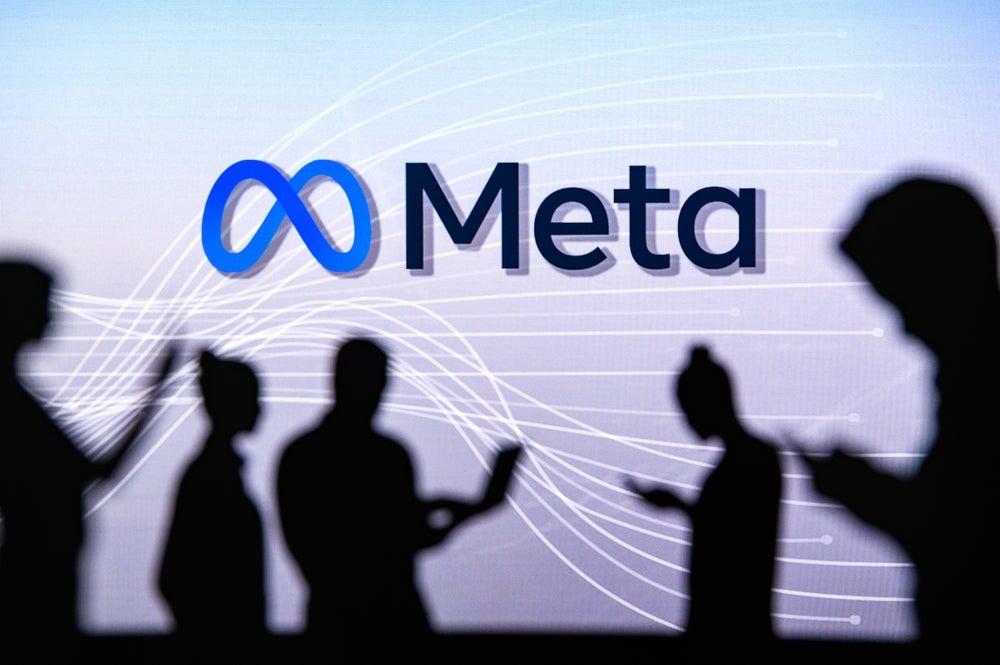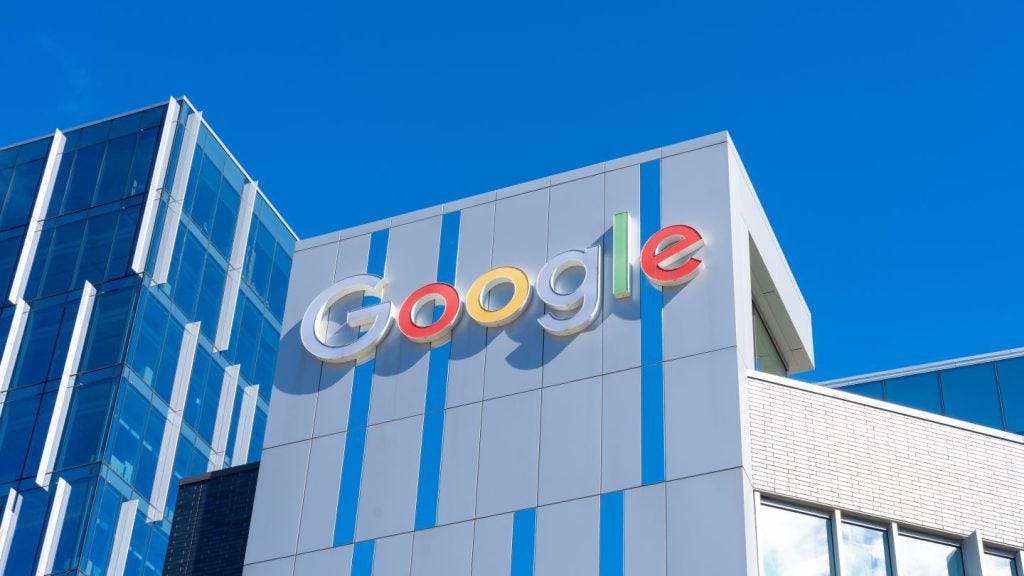Meta has announced that it will build the world’s longest and highest capacity subsea cable system spanning more than 50,000km (31,000 miles) under the heading of Project Waterworth.
It is designed to significantly enhance global digital connectivity, providing high-speed, low-latency internet infrastructure to key regions, including the United States, India, Brazil, and South Africa. The build will also bring Meta significant opportunities in the AI space, particularly in the Indian market, along with new economic growth for the countries associated with the project.
The proposed network will use 24 fibre pairs, which will boost data capacity and internet speed across connected regions and will be laid at depths of up to 7,000 metres (23,000ft) to avoid damage from ship anchors and other hazards, while evading any high-risk geopolitical regions.
Meta announcement may drive data centre expansion
This announcement from Meta could also play a role in the expansion of cloud computing, data centres, and other emerging AI-driven advancements. Meta’s Project Waterworth is set to cause further disruption for wholesale operators as the company looks to dominate global connectivity.
Project Waterworth, while ambitious, aligns with Meta’s broader ambition in AI and digital connectivity. Meta will be the sole owner of this investment, shifting from a shared ownership model in other previous constructions, which will likely place the project under more government intense scrutiny over data sovereignty and security.
Project Waterworth also comes at a time when the security of such critical infrastructure has never been more under the spotlight from governments following a recent spate of cable cuts globally, including in the Baltics and Taiwan Strait. Given the importance of the infrastructure, the ambitious size of the project, and the complexity of the rollout, the company is yet to provide further specifics of the build, including the start or expected completion date, though it has indicated the project will be a multi-billion-dollar, multi-year investment.
As telecom operators continue to navigate the challenges driven by advancements in AI, big tech is expected to continue to forge ahead, constructing new subsea cable infrastructure, enabling them to bypass traditional telecom providers and reducing their reliance on third-party network providers.
Project Waterworth will impact the wholesale telecommunications market
While it is still early days and questions such as will Meta allow third parties to access the infrastructure remain undisclosed, Project Waterworth will impact the wholesale telecommunications market and cause disruption.
Operators should adopt a range of initiatives to stay proactive and adapt to maintain their competitive edge. Carriers can stay ahead of the upcoming cable build by reviewing their global connectivity strategy, which may include diversifying their global networks beyond key international routes while continuing to adopt network optimisation. Operators should continue to develop and expand their wholesale product portfolio, including bundling services, while adopting new services including 5G infrastructure, edge computing, and managed services as demand for high-bandwidth services grows.
As customer relationships will become more important, operators should look to strengthen existing relationships while collaborating with other operators through strategic partnerships and alliances, positioning themselves as reliable alternatives.








